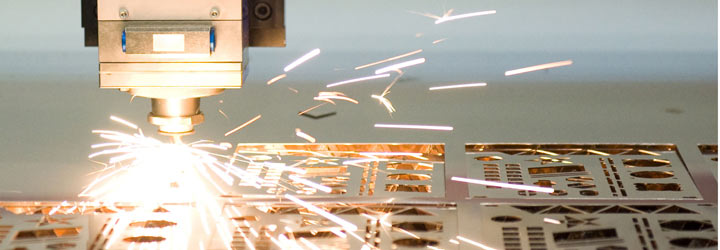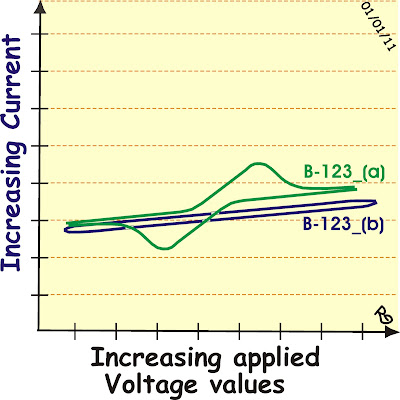sTEm–at-Work (Puzzle #23): Bridge Corrosion Test
A technician works for the Florida Department of Transportation monitoring the amount of corrosion that occurs in the “rebar” of concrete bridge pillars. “Rebar” are steal rods that are embedded in the bridge concrete to give the bridge extra strength. The problem is that the bridge pillars are in salt water and the steal rods corrode. The tech uses a corrosion tester made by the “U-Betch-en” instrument company. The instrument applies an increasing voltage across two test points on a “rebar” in the bridge and then decreases that applied voltage value back to zero. The electrical current along the “rebar” between the two test points is measured as the voltage changes in both voltage directions. If the steal rod (the “rebar”) is not corroded there are neither local maximum nor local minimum in the voltage vs. current plot. The test results on two different rods in Bridge 123 show one of the bars is corroded. The technician now needs to label it on the plot.
The “rebar” identified as B-123¬_a is the corroded rebar. (yes or no). Please submit your answers in the comments section below this posting, or at https://www.fl-ate.org/.
























